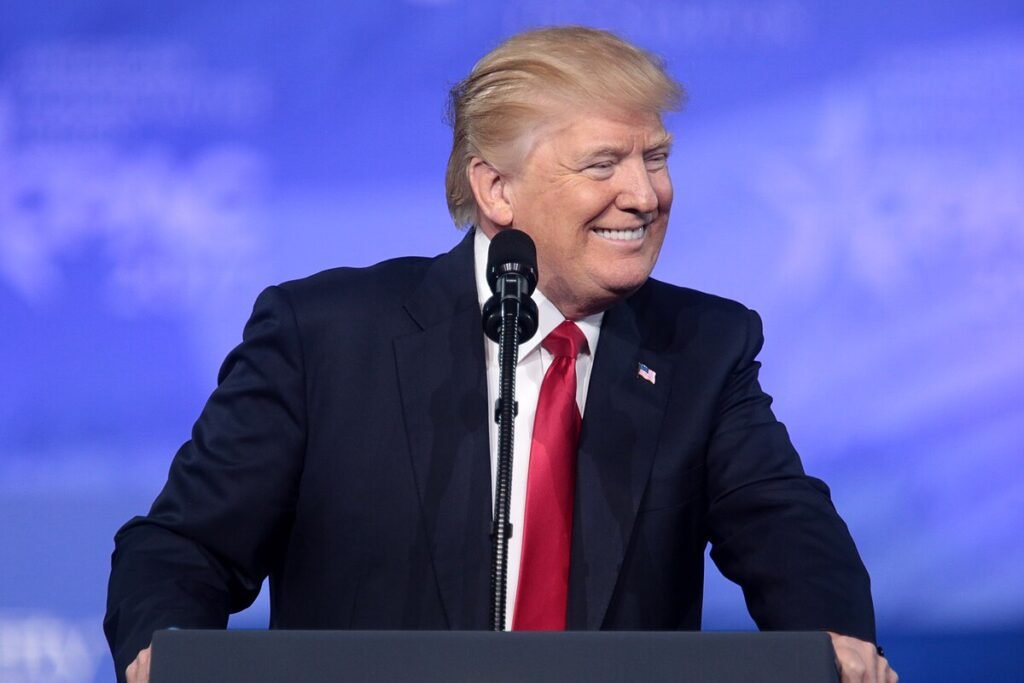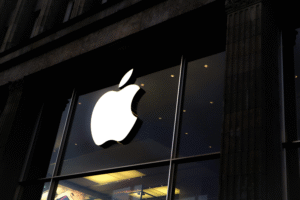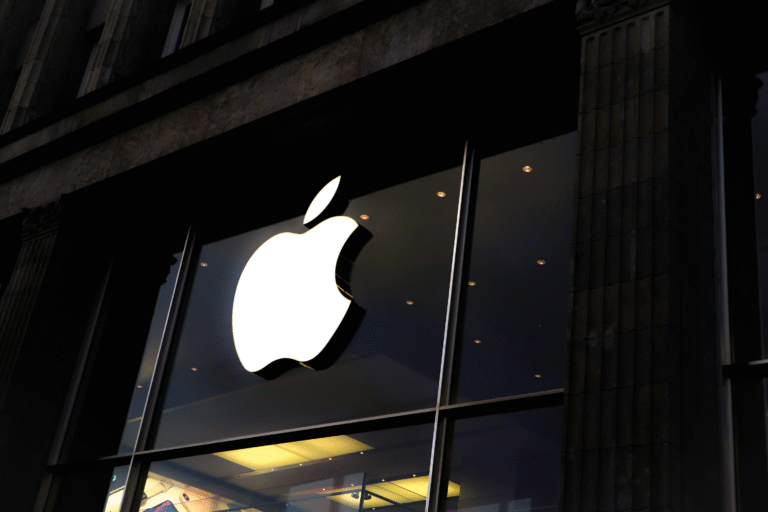Donald Trump has ordered the US Treasury Department to cease the production of pennies, calling the practice “wasteful” and an unnecessary financial burden on the country. The announcement, made on his social media platform Truth Social, is part of a broader series of cost-cutting measures undertaken by his administration since taking office.
The former president, who recently returned to the White House, expressed frustration over the cost of producing the one-cent coin. “For far too long the United States has minted pennies which literally cost us more than 2 cents. This is so wasteful!” Trump wrote. “I have instructed my Secretary of the US Treasury to stop producing new pennies.”
Trump’s administration has swiftly implemented various budget reduction policies, targeting areas he believes contribute to excessive government spending. Within his first three weeks back in office, he has not only halted penny production but also overseen the elimination of entire agencies and dismissed a significant number of federal employees.

The decision to stop minting pennies aligns with past discussions on the inefficiency of the coin, as reports have long highlighted that producing a single penny costs more than its actual value. The US Mint, responsible for coin production, has repeatedly disclosed that the price of manufacturing and distributing pennies surpasses their monetary worth. Despite various proposals over the years to discontinue them, no administration had taken definitive action—until now.
Following his appearance at the Super Bowl, where he watched the first half of the game with his children Ivanka and Eric Trump, Trump has stopped producing pennies. A few days after the Super Bowl, he posted on social media that he was determined to eliminate wasteful spending in the country. “Let’s rip the waste out of our great nation’s budget, even if it’s a penny at a time,” he posted.
The penny has been in circulation since 1793, with varying designs and continuous evolution. Its usefulness, however, has remained a subject of debate, where critics argue it is outdated and inefficient. Removal proponents point out the economic cost of producing a coin that is more expensive to make than what it is worth, citing that other countries are doing the same. Nations such as Canada, Australia, and New Zealand have already phased out their lowest denomination coins without significant economic disruption.
The potential impact of the abolition of the penny remains a subject of debate. Economists believe that rounding cash transactions to the nearest five cents, as is done in other countries, would make everyday commerce less complicated while reducing the costs associated with handling and processing low-value coins. Businesses would have to adjust their pricing structures, but digital transactions already dominate today’s economy.
Despite the economic rationale, some opponents of the move argue that the penny still holds sentimental and practical value. Many Americans have an attachment to the coin, particularly due to its historical significance and its association with former President Abraham Lincoln. Charitable organizations also rely on penny donations, and some worry that eliminating the coin could negatively impact fundraising efforts that depend on small change contributions.
Trump’s decision is part of a larger effort to reevaluate government spending. Since taking office, his administration has been focused on reducing what he considers unnecessary expenditures, a stance he frequently emphasized during his campaign. By targeting small yet symbolic cuts, he aims to project fiscal responsibility while reinforcing his message of eliminating inefficiencies within the federal government.
This has elicited controversy from economists, politicians, and even ordinary Americans. However, his move aligns with earlier attempts to reduce the government’s expense list. Indeed, the proposition to eliminate the penny has appeared in the congressional agenda but failed to receive the necessary thrust to become law. Trump’s executive order sidesteps such legislative debate as he immediately halts the production of new pennies.
Reactions to the decision have been mixed. Supporters commend Trump for addressing a long-standing financial inefficiency, arguing that the money saved could be better allocated to essential services. Others criticize the move as a distraction from larger economic challenges facing the nation. Some question whether this decision will significantly impact the federal budget or if it is merely a symbolic gesture.
The US Treasury has yet to release a detailed plan on how the cessation of penny production will be implemented, including how existing pennies will be phased out or if they will continue to be accepted indefinitely. Historically, when other countries have discontinued their smallest denominations, they have ensured a gradual transition to minimize disruptions for businesses and consumers.
And just like that, getting rid of the penny is not the last. Trump may push his budget-cutting policies and get even further with much broader financial reform, as there is a big indication that more government spending reductions may be necessary.
The debate over the penny’s relevance is unlikely to subside anytime soon. While some Americans may mourn the loss of a coin that has been in circulation for over two centuries, others see it as a necessary step toward modernization. Either way, Trump’s directive has set the country on a path toward a penny-free future, marking yet another bold move in his presidency.








